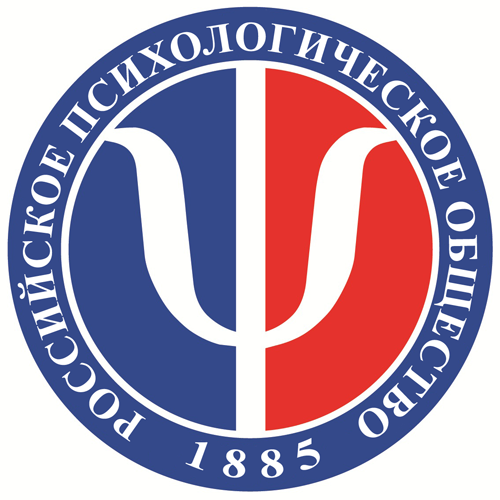This paper reports on a case study which explores the co-creation of a zone of proximal development (ZPD) in a mathematics teaching-learning activity in a Norwegian kindergarten. To capture the complexity of teaching and learning mathematics in kindergarten the study uses qualitative methods within an interpretative paradigm. The findings illustrate how a five-year-old girl and a kindergarten teacher co-create a ZPD by expanding each other’s action possibilities, and how the co-creation is fundamentally based on mutual trust and responsibility. The results give insights into how mathematical learning possibilities may be promoted in kindergarten. The study illustrates the importance of being receptive to children’s contributions and, above all, to trust children’s abilities to take responsibility for moving mathematical teaching-learning activities forward.
All articles
Articles by tag "the zone of proximal development":
This article discusses the features of the developing work with preschool children within neuropsychological approach. A set of exercises for preschoolers is based on fundamental research of psychologists and includes sections on the development of motor and cognitive areas. Detailed description of the classes makes it easy to use them in practice. Play approach to comprehensive neuropsychological correction enhances children’s motivation and performance in general. These games and exercises aimed at building core of higher mental functions can be useful both for specialists and parents of preschoolers.
This article discusses the features of the developing work with preschool children within neuropsychological approach. A set of exercises for preschoolers is based on fundamental research of psychologists and includes sections on the development of motor and cognitive areas. Detailed description of the classes makes it easy to use them in practice. Play approach to comprehensive neuropsychological correction enhances children’s motivation and performance in general. These games and exercises aimed at building core of higher mental functions can be useful both for specialists and parents of preschoolers.
Background. The foundation of any preschool educational practice is built upon implicitly embedded assumptions about a child’s psychological characteristics and developmental pathways. This may constitute not a systematic but rather an eclectic set of beliefs with poorly understood foundations; however, for effective practice, education must be grounded in a holistic system of psychological views based on a sound psychological conception. Furthermore, the conception itself, as it evolves, requires continuous reflection on its key tenets, including through the process of their interpretation in various practical implementations. The transfer of a scientific theory into a different cultural and linguistic space is of particular interest for its development. Yet, understanding the specifics of such a transfer necessitates dedicated research methodologies.
Objectives. This paper presents the authors’ original model for analyzing the representation of ideas from Lev Vygotsky’s Cultural-Historical Activity Theory (CHAT) in scientific discourse and educational practice. The aim of developing this model is to enrich the understanding of CHAT ideas within national preschool education systems by examining how they exist within the context of both the target and the original scientific traditions and educational systems.
Sample. Hong Kong, representing a unique blend of cultural traditions, was selected as the testing ground for the model. Based on developed criteria, a sample of 50 open-access scientific, regulatory, and methodological texts in English by Hong Kong authors was selected.
Methods. The study was conducted through a textual analysis of these documents according to the authors’ model, which implies analyzing the presence of references to the founder of CHAT and his followers, the use of the theory’s key concepts, and the context of their application — whether for scientific discussion or practical development.
Results. The testing of the model demonstrated its applicability for analyzing the representation of CHAT ideas in the scientific discourse and educational practice of Hong Kong. The model allows for tracing the trajectory of Vygotsky’s influence on scientific discourse and educational practice, as well as the connection between scientific discourse and practical application.
Conclusions. The model can be applied to advance preschool education in various countries.

